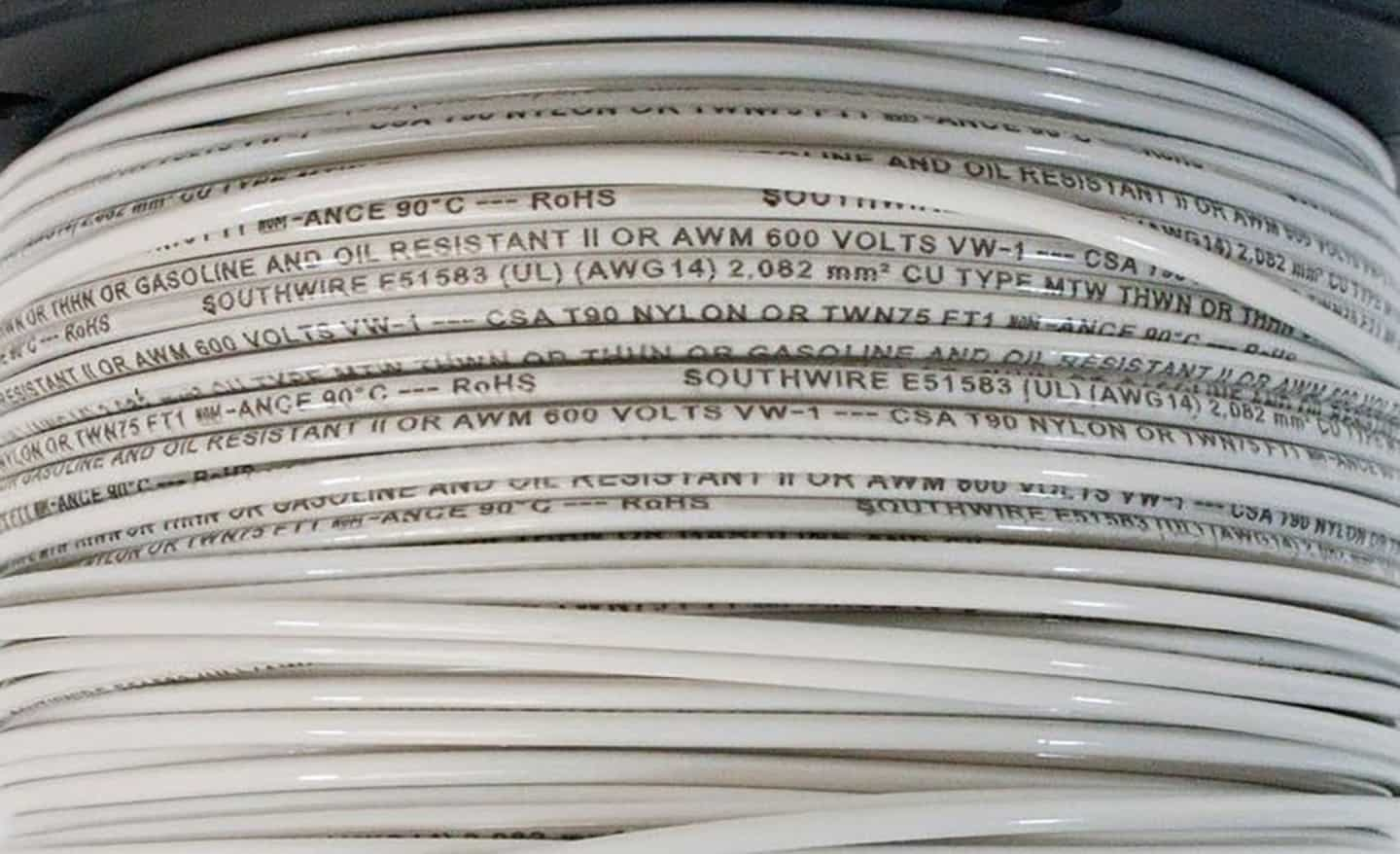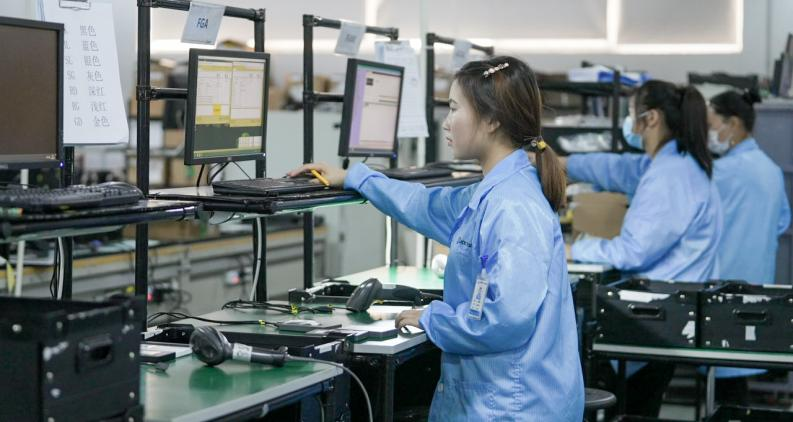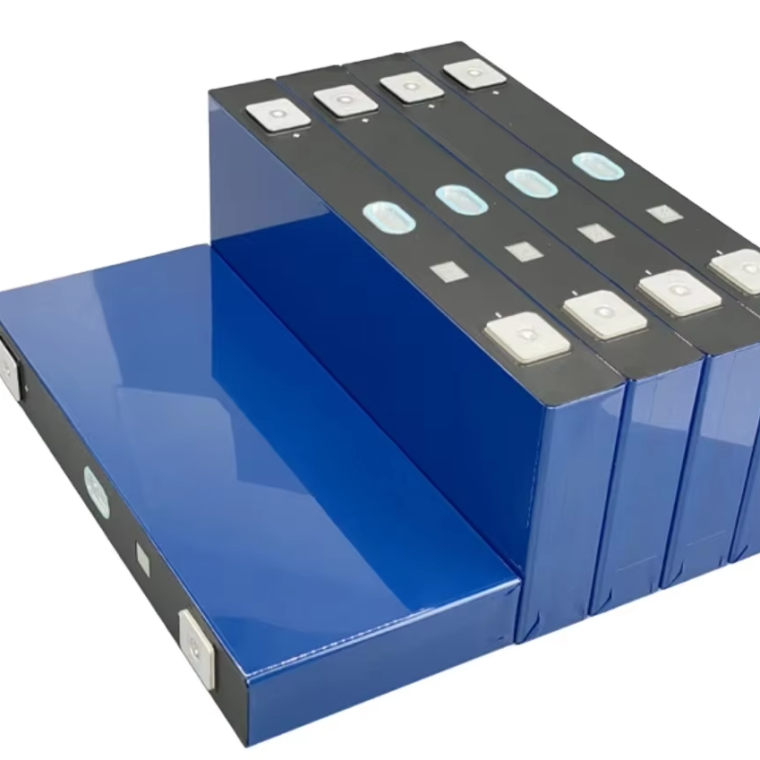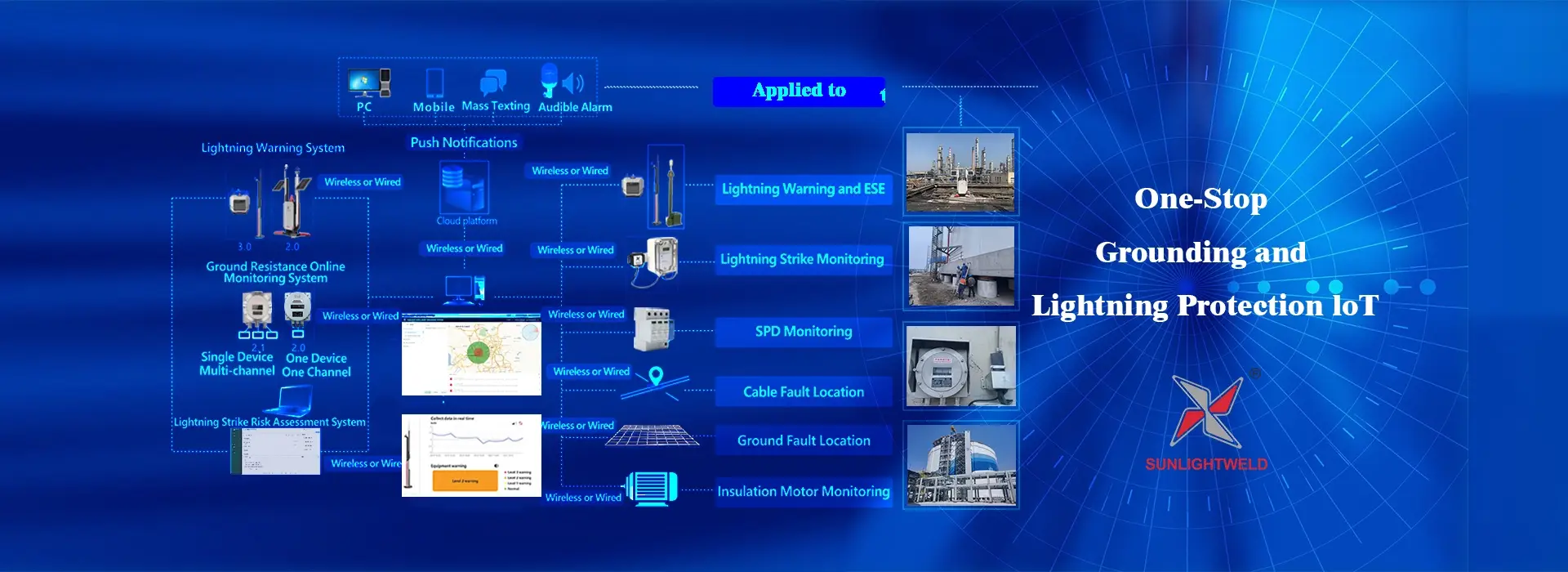
In the realm of electrical wiring, the choice between using a 3-wire system or a 2-wire system can have significant implications for both safety and efficiency. While both systems serve the basic function of conducting electrical current, the incorporation of an additional wire in a 3-wire system offers several key advantages that make it a preferred option in many applications.
- Grounding and Safety: One of the primary reasons to opt for a 3-wire system over a 2-wire system is the inclusion of a dedicated ground wire. This additional wire provides a path for fault currents to safely dissipate, reducing the risk of electric shock and fire hazards. In contrast, 2-wire systems lack this crucial safety feature, making them more susceptible to electrical faults and potential dangers.
- Improved Power Quality: The presence of a separate ground wire in a 3-wire system helps to enhance power quality by minimizing electromagnetic interference and reducing voltage fluctuations. This is particularly important in sensitive electronic equipment and systems where stable power supply is essential for optimal performance.
- Compliance with Electrical Codes: Many building codes and regulations now mandate the use of 3-wire systems in new construction and renovations to ensure compliance with safety standards. By utilizing a 3-wire configuration, electrical installations are more likely to meet the requirements set forth by regulatory authorities, reducing the risk of non-compliance issues.
- Enhanced Fault Detection: In a 3-wire system, the separate ground wire enables more effective fault detection and troubleshooting. By isolating faults and providing a clear path for fault currents, maintenance personnel can quickly identify and address issues, minimizing downtime and improving overall system reliability.
- Future-Proofing: As technology advances and electrical demands evolve, 3-wire systems offer greater flexibility and scalability compared to their 2-wire counterparts. The additional wire allows for easier upgrades and modifications to accommodate changing requirements, making it a more future-proof solution for long-term electrical installations.
In conclusion, the decision to use a 3-wire system instead of a 2-wire system can significantly enhance electrical safety, efficiency, and reliability in various applications. By understanding the advantages that come with the additional wire in a 3-wire configuration, individuals and organizations can make informed choices that prioritize safety and performance in their electrical installations.


